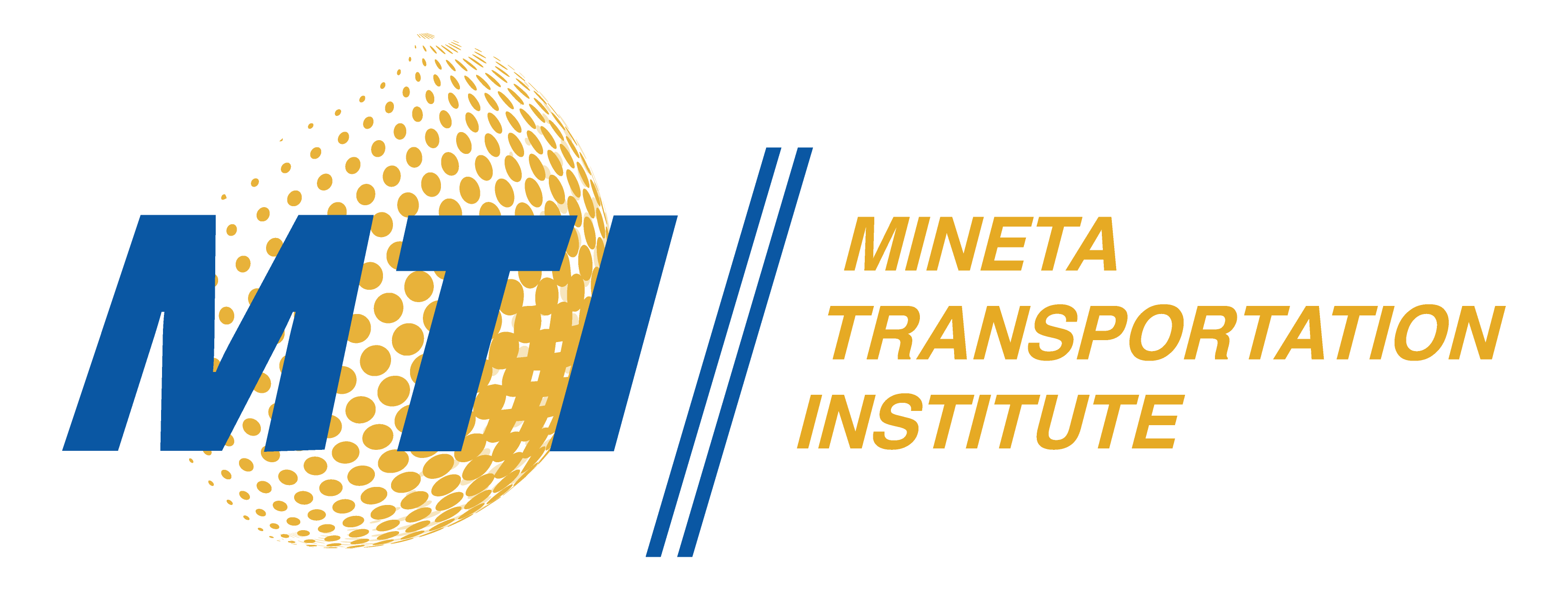Description
When, where, and how autonomous shuttles are deployed can have significant safety, economic, and policy impacts on their operation and performance. This research analyzes data related to 120 existing deployments of autonomous shuttles, looking at safety, operational, economic, and policy-related issues. Analysis shows that autonomous shuttles would be an excellent supplement to public transportation. However, improvements to the vehicle and the infrastructure are needed before any permanent deployment. The study also analyzes the perceptions of practitioners, industry experts, and transportation system users toward autonomous shuttles. Principal Component Analysis (PCA) and Multiple Input Multiple Cause Structural Equation Modelling (SEM) approaches were adopted to analyze the perception data. The results from the PCA highlighted critical barriers to autonomous shuttle implementation, including underutilization measures, safety concerns, seating arrangements, reliability, data security, operational aspects, sensor technology, and lane use. The results from the SEM revealed that users’ willingness to use autonomous shuttles is influenced by their perceived safety, comfort, trust in autonomous shuttles, familiarity with autonomous shuttles, household income, age, and frequency of transit usage. A set of recommended best practices for deploying autonomous shuttles is proposed based on the insights from multiple case studies and the perceptions of practitioners and industry experts.
Publication Date
12-2023
Publication Type
Report
Topic
Transportation Technology
Digital Object Identifier
10.31979/mti.2023.2321
MTI Project
2321
Mineta Transportation Institute URL
https://transweb.sjsu.edu/research/2321-Autonomous-Shuttle-Best-Practice-People-Mover
Disciplines
Transportation
Recommended Citation
Dil Samina Diba, Ninad Gore, and Srinivas S. Pulugurtha. "Autonomous Shuttle Implementation and Best Practices" Mineta Transportation Institute (2023). https://doi.org/10.31979/mti.2023.2321
Research Brief
2321-Dataset.zip (18 kB)
Dataset

